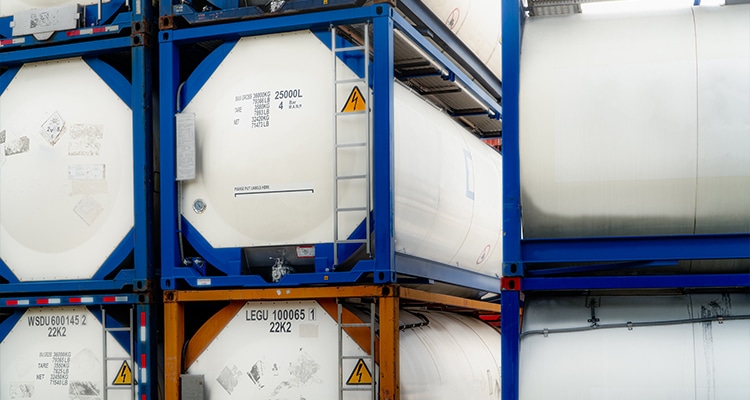As we are at the beginning of 2024, we at Chemical Safety Software want to ensure you are being provided with the necessary resources to help you comply with all things related to chemical management.
We’ve created an overview of federal regulations relating to chemical safety this month, and then we’ll go in depth on each of the areas in the coming months. We often think of OSHA as the primary regulator of chemical safety, but the EPA and DOT have many requirements as well.
- EPA SARA Tier II requires reporting of hazardous chemicals stored at your facility in the prior year. This provides information to first responders on the hazards they may face in the event of an emergency. Reporting methods vary by state, but the submittal is due March 1.
- EPA TRI (Toxic Release Inventory) covers the reporting of toxic chemicals that are manufactured, processed, or used within the prior calendar year. This report is due July 1.
- EPA TSCA (Toxic Substances Control Act) has many elements, one of which is the reporting of chemical exposure-related information every four years through the Chemical Data Reporting (CDR) cycle. The CDR submission period for 2024 is June 1 through September 30.
- EPA CAA (Clean Air Act) regulates air pollution by establishing permitting limits. This is a massive program with wide-reaching, complicated requirements. Regulations vary by federal, state and in some cases even local jurisdiction. Volatile organic compounds, refrigerants, and many other chemicals require tracking.
- EPA RMP (Risk Management Program) applies to any facility that has extremely hazardous substances. This rule aims to prevent chemical accidents within facilities and requires that regulated facilities submit their RMP at least every five years; more often if chemical processes or regulated substances change
- EPA RCRA (Resource Conservation and Recovery Act) requires that hazardous waste be managed properly from cradle-to-grave, including maintaining a monthly inventory of hazardous waste generated to support the generator status determination of very small, small or large quantity generator. One of the reporting requirements includes a biennial report submitted to the authorized state agency or EPA regional office by March 1 of even-numbered years. Some states require annual reporting.
- 0SHA HazCom: The OSHA Hazard Communication Standard requires employers to train employees on what hazardous chemicals are present on site and how to safely handle them, including proper labeling. HazCom requires each facility to maintain a hazardous Chemical Inventory as well as Safety Data Sheets. Radioisotopes often require tracking as well.
On the transportation side of things, keep in mind requirements for shipping:
- By Road –the requirements for safely shipping hazardous materials (including hazardous waste) are covered by the DOT Federal Motor Carrier Safety Administration. This includes packaging, marking, labeling and documentation for emergency response. DOT’s ERG (Emergency Response Guidebook) assists first responders in the event of a hazardous materials incident.
- By Pipeline – The DOT Pipeline and Hazardous Materials Safety Administration (PHMSA) ensures that hazardous materials transportation by pipeline is done so safely.
- By Air – The International Air Transport Association (IATA) Dangerous Goods Regulation (DGR) manual covers dangerous goods are transportation by air. Lithium batteries are classified as a hazardous material under DOT’s Hazardous Materials Regulations (HMR) which means they must conform to all applicable HMR requirements.
- By Rail – Regulated and enforced by the Federal Railroad Administration (FRA), chemicals transported by rail have strict requirements.
- By Vessel – The International Maritime Dangerous Goods (IMDG) code is the international guideline for the safe transportation of chemicals over water.
Chemical Safety Software is a powerful tool to manage chemical safety year-round, no matter the regulatory regime. Stay tuned each month as we dive into the various chemical safety regulatory programs.



